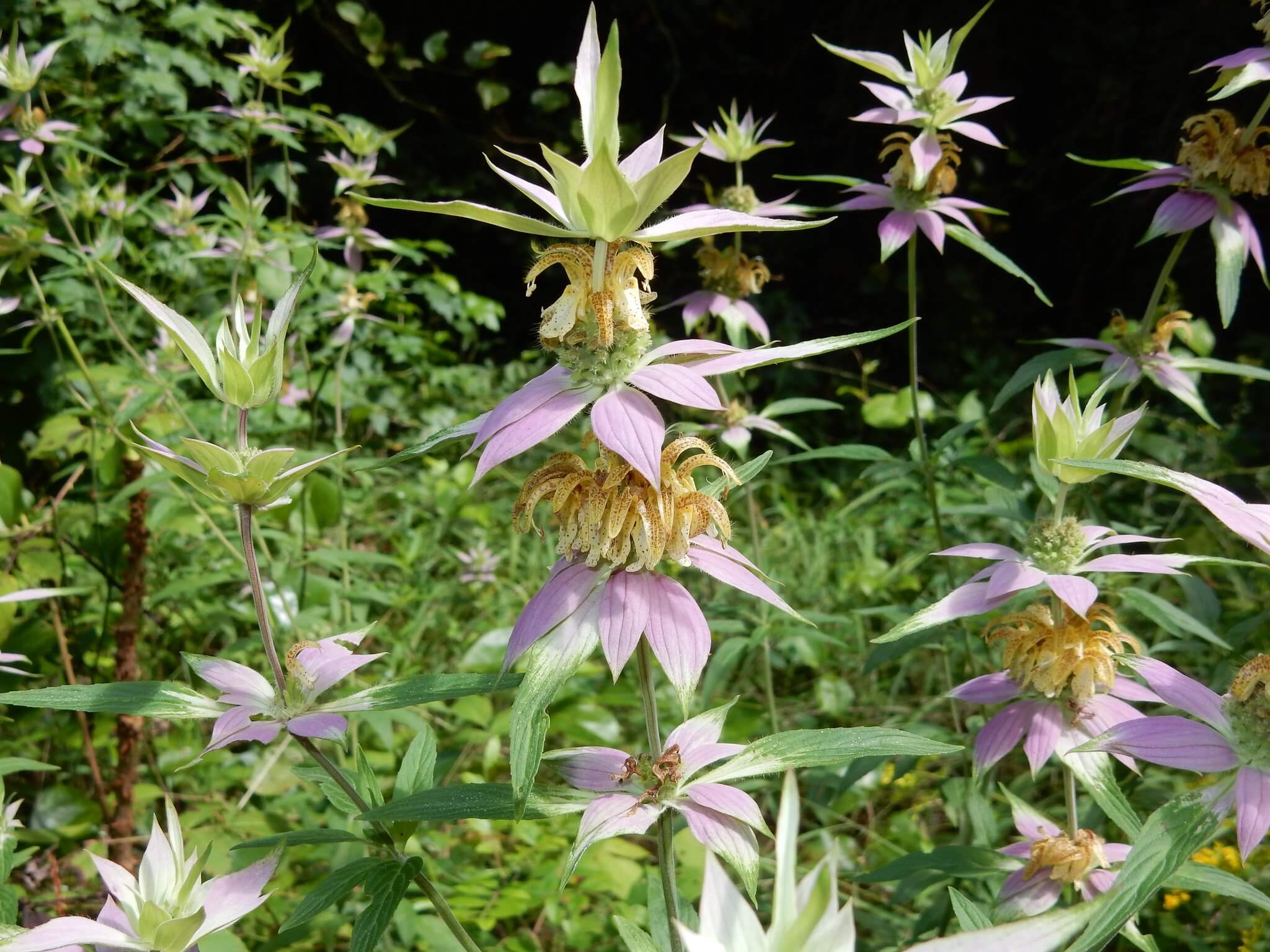Life Cycle: Perennial
Sun Exposure: Full-Partial
Soil Moisture: Wet-Medium
Height: 2-5 feet
Plant Spacing: 1-2 feet
Bloom Time: July - September
Bloom Color: Purple
Advantages: Pollinator Favorite, Bird Favorite, Deer Resistant, Rain Garden, Great landscaping plant
Host Plant: 6 species of butterflies and moths use this as a caterpillar host plant in our area (nwf.org)
Specialist Bee: Melissodes coloradensis and Melissodes vernoniae (Johnson and Colla, 2023)
Complementary Plants: Joe-Pye weed, Boneset, Blue vervain, Butterfly weed, Green-headed coneflower, Culver’s root, Rattlesnake master, Mountain mint, Coneflowers, Monarda, Milkweeds
Resource: Johnson, Lorraine, and Sheila Colla. A Northern Gardener’s Guide to Native Plants and Pollinators: Creating Habitat in the Northeast, Great Lakes, and Upper Midwest. Island Press, 2023








